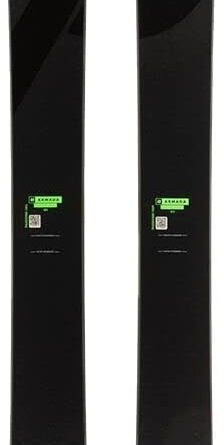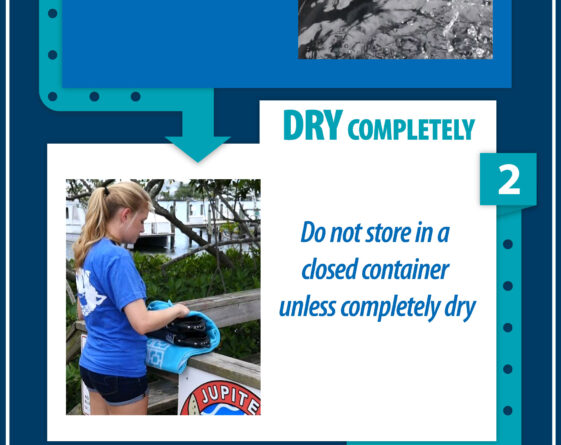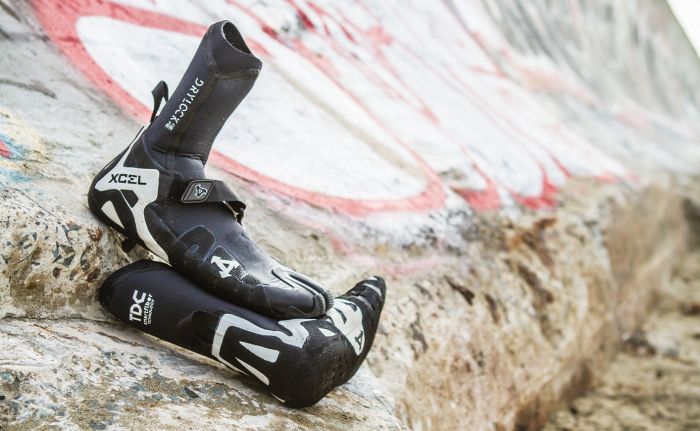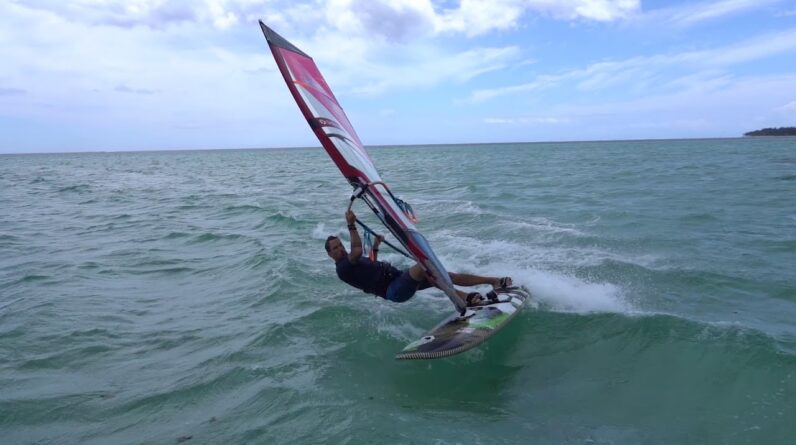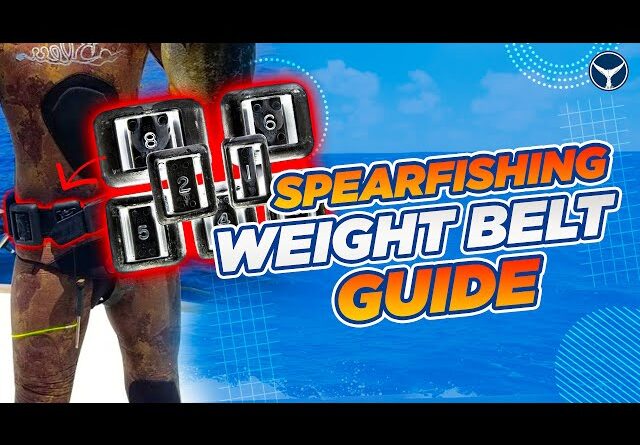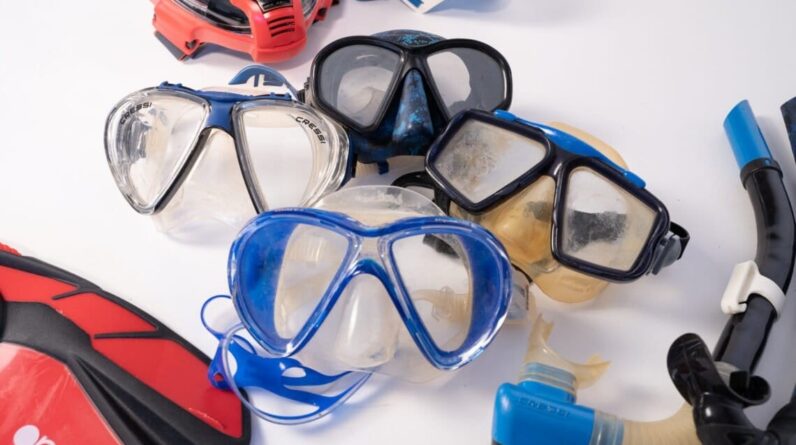
Are you a beginner looking to explore the underwater wonders? Look no further! This article is your ultimate guide to finding the perfect snorkel gear. Whether you’re planning a tropical getaway or simply want to discover the marine life in your local waters, we’ve got you covered. From masks to fins, we will break down the essential gear you need, provide tips for a comfortable fit, and share recommendations for high-quality products that won’t break the bank. Get ready to dive into the extraordinary world beneath the waves!
Choosing the Right Snorkel Gear
Snorkeling is a wonderful way to explore the underwater world and get up close and personal with marine life. Whether you’re a beginner or an experienced snorkeler, having the right gear is essential for a safe and enjoyable experience. With so many options available, how do you choose the best snorkel gear for beginners? In this comprehensive guide, we will walk you through the basics of snorkeling, factors to consider before buying gear, different types of snorkel gear, popular brands, budget-friendly options, and more. By the end of this article, you’ll be equipped with all the knowledge you need to make an informed decision and have a fantastic snorkeling adventure!
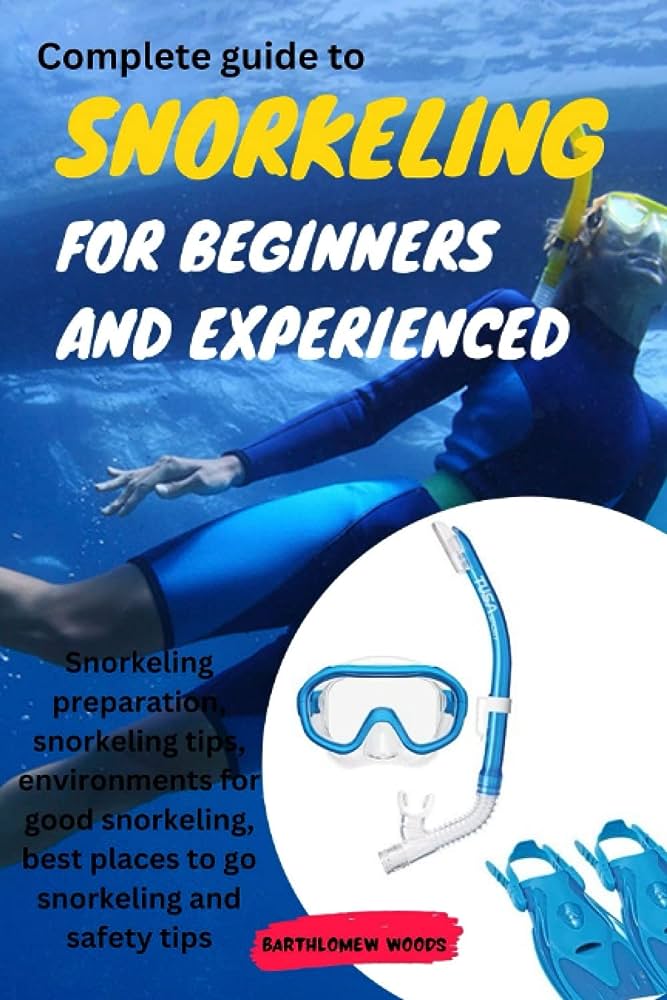
This image is property of Amazon.com.
Understanding the Basics of Snorkeling
Before we delve into the world of snorkel gear, it’s important to understand the basics of snorkeling. Snorkeling involves swimming near the surface of the water while wearing a mask, snorkel, and fins. The mask allows you to see clearly underwater, the snorkel enables you to breathe while keeping your head submerged, and the fins help you move through the water with ease. Whether you’re snorkeling in a tropical paradise or exploring local marine life, snorkeling allows you to witness the beauty of the underwater world firsthand.
Factors to Consider Before Buying Snorkel Gear
When it comes to purchasing snorkel gear, there are a few key factors to keep in mind. First and foremost, consider your skill level and experience. Beginner snorkelers may prefer simpler gear that is easy to use and maintain. Additionally, think about where and how often you plan to snorkel. If you’re planning to snorkel in colder waters, you may need gear specifically designed for colder temperatures. Lastly, consider your budget. Snorkel gear comes in a wide range of price points, so it’s important to find gear that suits both your needs and your budget.
Different Types of Snorkel Gear
Snorkel gear can be divided into three main categories: masks, snorkels, and fins. Each of these components plays a crucial role in ensuring a comfortable and enjoyable snorkeling experience. Let’s take a closer look at each category and the different types of gear available.
Snorkel Masks
The snorkel mask is perhaps the most important piece of gear for any snorkeler. It allows you to see clearly underwater, protects your eyes from water, and provides a comfortable fit. There are two main types of snorkel masks: full-face masks and traditional masks.
Full-Face Snorkel Masks
Full-face snorkel masks have gained popularity in recent years due to their innovative design. These masks cover your entire face, providing a wide field of vision and eliminating the need for a separate snorkel. They have an integrated breathing tube that extends from the top of the mask, allowing you to breathe naturally through your nose and mouth. Full-face masks are great for beginners as they are easy to use and provide a comfortable fit.
Traditional Snorkel Masks
Traditional snorkel masks consist of a separate mask and snorkel. The mask covers your eyes and nose, while the snorkel is a tube that allows you to breathe while your face is submerged. Traditional masks come in a variety of styles and designs, offering options for different face shapes and personal preferences. They are a popular choice among snorkelers of all skill levels and are generally more affordable than full-face masks.
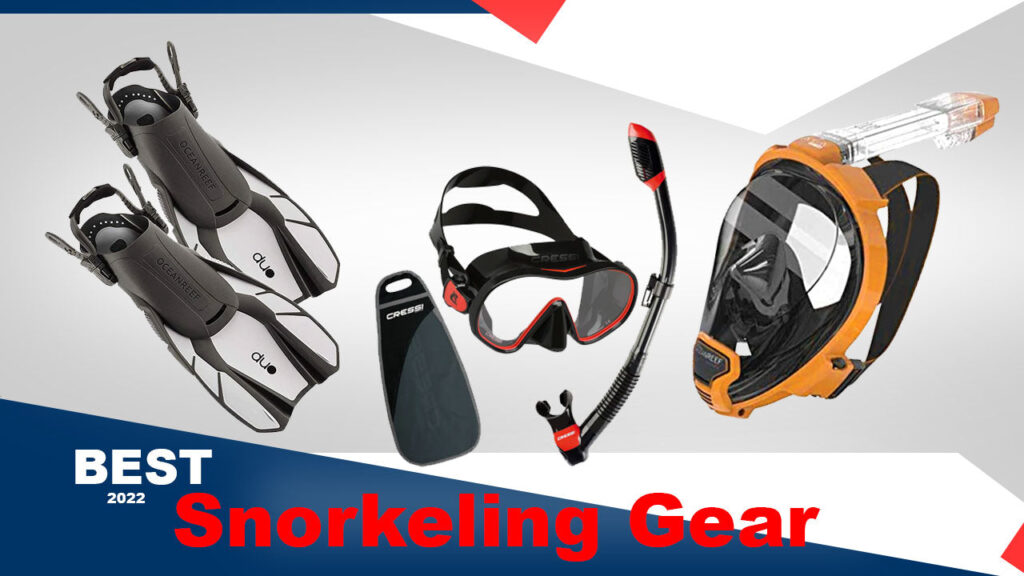
This image is property of dipndive.com.
Features to Look for in a Snorkel Mask
When choosing a snorkel mask, there are a few key features to consider. Firstly, ensure that the mask provides a watertight seal. A leaky mask can greatly diminish your snorkeling experience. Look for masks with a silicone skirt that creates a snug fit and prevents water from entering. Additionally, check for a tempered glass lens, which is more durable and less prone to fogging than plastic lenses. Other features to consider include an adjustable strap for a customized fit, a purge valve that allows you to clear any water that enters the mask, and a wide field of vision for optimal visibility.
Fitting and Adjusting Your Snorkel Mask
Proper fitting and adjusting of your snorkel mask are crucial for comfort and functionality. To ensure a proper fit, place the mask on your face without the strap, and gently inhale through your nose. The mask should create a seal and stay in place without using your hands. Once you’ve found a mask that fits well, adjust the strap for a secure yet comfortable fit. It’s important to avoid overtightening the strap, as this can cause discomfort and leave marks on your skin. Remember to always test your mask before heading into the water to ensure a watertight seal.
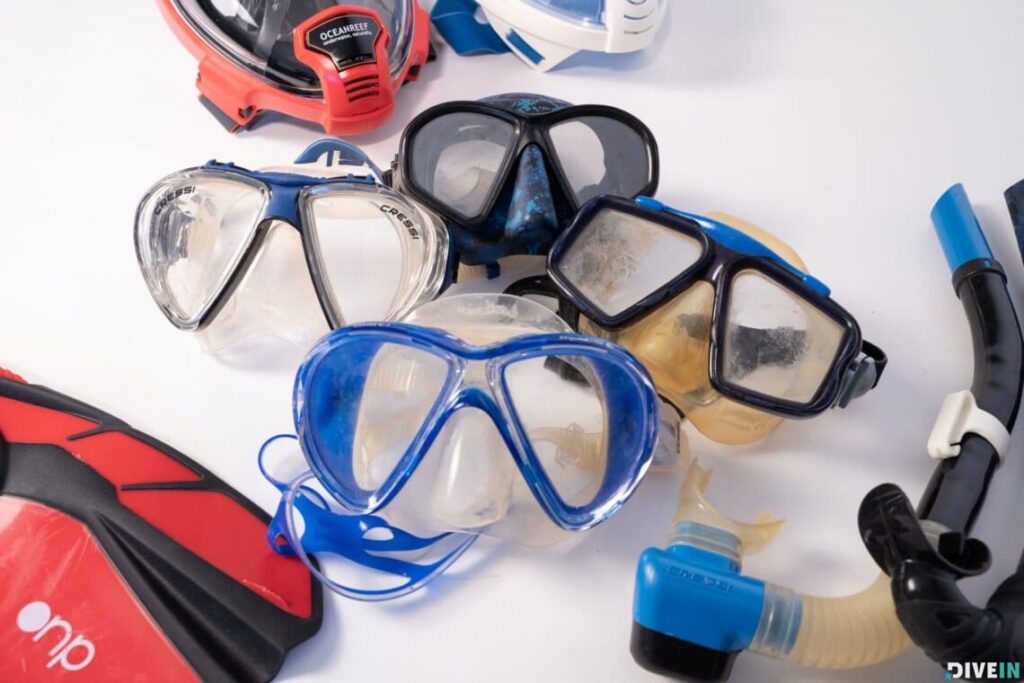
This image is property of cdn.divein.com.
Snorkel Snorkels
The snorkel is the tube that allows you to breathe while your face is submerged in the water. There are several types of snorkels to choose from, each with its own features and advantages.
Classic Snorkels
Classic snorkels consist of a simple tube with a mouthpiece and are the most basic type of snorkel. They are lightweight, affordable, and easy to use. While classic snorkels don’t offer features such as dry tops or purge valves, they are a reliable choice for snorkelers who prefer simplicity.
Dry-Top Snorkels
Dry-top snorkels feature a special mechanism that prevents water from entering the snorkel. They have a float valve that closes off the snorkel tube when it’s submerged, and opens up again when you resurface. Dry-top snorkels are ideal for choppy or rough water conditions, as they keep water out even when waves crash over you.
Purge Valves Snorkels
Purge valve snorkels have a one-way valve at the bottom of the snorkel tube that allows you to easily clear any water that enters. By exhaling forcefully, the water is forced out through the valve, keeping the snorkel clear and allowing for uninterrupted breathing. Purge valves are especially useful for beginners who may need to clear their snorkels more frequently.
Flexible and Bendable Snorkels
Flexible and bendable snorkels, also known as collapsible snorkels, are designed to easily fold up when not in use, making them highly portable and convenient for travel. These snorkels are made from flexible materials that allow you to adjust the position and angle of the mouthpiece for a comfortable fit.
Snorkel Attachments and Accessories
There are also various attachments and accessories available to enhance your snorkel experience. Some snorkels come with a splash guard, which helps prevent water from entering the snorkel from the top. Others have a built-in whistle, which can be helpful for attracting attention or signaling other snorkelers. Additionally, snorkel clips or retainers can be used to secure your snorkel to your mask strap, preventing it from flopping around or falling off.
Snorkel Fins
Snorkel fins, also known as flippers, are essential for propulsion and maneuverability in the water. They not only help you swim more efficiently but also reduce fatigue, making your snorkeling experience more enjoyable. Let’s take a closer look at the different types of snorkel fins and what to consider when choosing the right pair.
Types of Snorkel Fins
There are two main types of snorkel fins: open-heel fins and full-foot fins.
Open-heel fins have an adjustable strap that wraps around the back of your heel, allowing for a customizable fit. They are typically used with neoprene booties, which provide additional warmth and protection in colder water. These fins are a popular choice for avid snorkelers and scuba divers due to their versatility and comfort.
Full-foot fins, on the other hand, are designed to be worn barefoot or with a thin neoprene sock. These fins feature a closed heel and offer a slip-on design for easy wear. Full-foot fins are lightweight and compact, making them a great choice for travel or snorkeling in warmer waters.
Choosing the Right Size
Selecting the correct size of snorkel fins is crucial for optimal performance. Fins that are too loose may slip off during swimming, while fins that are too tight can cause discomfort and restrict blood circulation. Refer to the manufacturer’s size chart and measure your foot length and width before making a decision. Additionally, consider whether you’ll be wearing booties with open-heel fins, as this may affect the sizing.
Material and Design Considerations
Snorkel fins are typically made from rubber, silicone, or a combination of both. Rubber fins are durable, budget-friendly, and provide good propulsion. Silicone fins, on the other hand, are more flexible, allowing for a more comfortable fit and increased maneuverability. Some fins feature channels or vents on the blade, which help to maximize propulsion and minimize drag. Consider your desired level of performance, comfort, and budget when choosing the material and design of your snorkel fins.
Putting on and Adjusting Snorkel Fins
To put on your snorkel fins, sit down and slide your foot into the foot pocket. Push your foot all the way in until the heel of the fin rests against your own heel. Adjust the strap or buckle to achieve a snug yet comfortable fit. The strap should be tight enough to keep the fin in place, but not so tight that it restricts movement or causes discomfort. Take a few steps in the water to ensure that the fins stay securely on your feet.
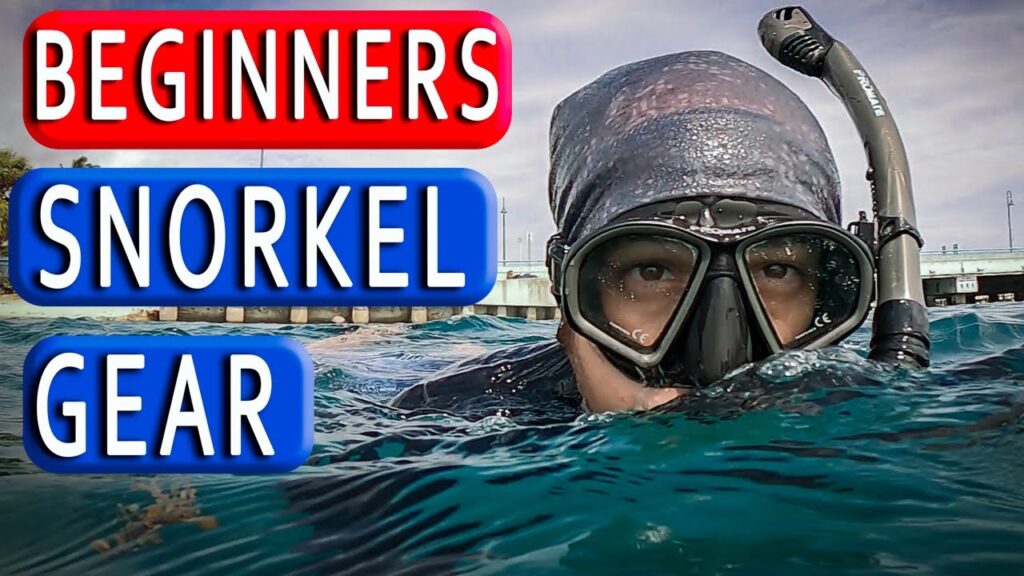
This image is property of i.ytimg.com.
Other Essential Snorkel Gear
In addition to masks, snorkels, and fins, there are a few other items that can enhance your snorkeling experience and provide added safety and comfort.
Snorkel Vests and Jackets
Snorkel vests and jackets are inflatable flotation devices that provide extra buoyancy for those who may feel less confident in the water. They can be inflated for extra support and deflated for easy packing and transportation. Snorkel vests and jackets are especially useful for beginners or individuals who are less comfortable with swimming.
Snorkel Gloves
Snorkel gloves provide protection for your hands while snorkeling. They are typically made from neoprene or other flexible materials that allow for dexterity and freedom of movement. Snorkel gloves not only protect your hands from cuts, scrapes, and sunburn but also provide additional warmth in colder waters.
Snorkel Boots
Snorkel boots are designed to protect your feet and provide traction when walking on rocky shores or when entering and exiting the water. Made from neoprene, they provide insulation and prevent chafing and blisters. Snorkel boots are especially useful for snorkelers who may encounter uneven or slippery terrain.
Snorkel Bags
A snorkel bag is a convenient way to store and transport your snorkel gear. These bags are typically made from durable and water-resistant materials and feature multiple compartments for organized storage. Look for a bag that is large enough to hold all your gear while still being compact and lightweight for easy travel.
Tips for Buying Snorkel Gear Online
If you’re unable to visit a physical store or prefer the convenience of online shopping, buying snorkel gear online can be a great option. However, there are a few things to keep in mind to ensure a successful purchase.
Researching and Reading Reviews
Before making a purchase, take the time to research different brands and read customer reviews. This will give you insights into the quality, performance, and durability of the gear you’re considering. Look for reputable online retailers with a wide selection of snorkel gear and positive customer feedback.
Gauging Sizing and Fit
Make sure to carefully review the sizing charts provided by the manufacturer and measure yourself accurately before purchasing snorkel gear online. It’s also helpful to read customer reviews regarding sizing to get a better understanding of how a specific item fits.
Comparing Prices
While it’s important to stick to your budget, don’t solely base your decision on price. Consider the quality and features of the gear as well. Look for discounts, promotions, or package deals that may offer better value for your money.
Checking Return and Exchange Policies
Before making a purchase, familiarize yourself with the online retailer’s return and exchange policies. This will ensure that you have the option to return or exchange your gear if it doesn’t meet your expectations or fit properly.
Considering Package Deals
Many online retailers offer package deals that include a mask, snorkel, and fins. These bundles often provide a cost-effective option for beginners, as you’ll be purchasing all the necessary gear in one go. However, make sure to carefully review the items included in the package and ensure they meet your specific needs.
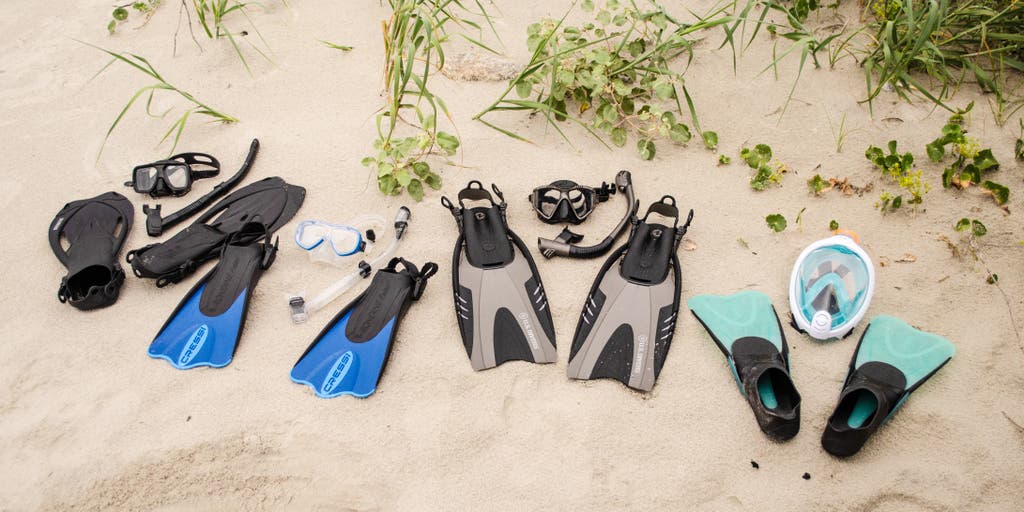
This image is property of cdn.thewirecutter.com.
Proper Care and Maintenance
Taking proper care of your snorkel gear is essential for its longevity and functionality. To keep your gear in top condition, follow these care and maintenance tips.
Cleaning Snorkel Gear
After each use, rinse your snorkel gear with fresh water to remove any sand, salt, or debris. Use a mild soap or snorkel gear cleaner to thoroughly clean the mask, snorkel, and fins. Avoid using harsh chemicals or abrasives that can damage the materials. Gently scrub the gear with a soft brush or cloth, paying extra attention to the areas where water may accumulate, such as the mask skirt or snorkel mouthpiece. Rinse again with fresh water and allow the gear to air dry completely before storing.
Drying and Storing Snorkel Gear
Ensure that your snorkel gear is completely dry before storing it. Excess moisture can lead to the growth of mold or bacteria. Hang your mask, snorkel, and fins in a cool, dry place, away from direct sunlight. Avoid storing the gear in tightly closed or damp areas, as this can lead to unpleasant odors or damage to the materials. If possible, disassemble the snorkel and store it separately to prevent any water from getting trapped inside.
Inspecting and Replacing Parts
Regularly inspect your snorkel gear for any signs of damage, wear, or deterioration. Check the mask strap, snorkel mouthpiece, and fin straps for any signs of fraying or weakening. Inspect the mask lens for scratches or cracks that may impair your vision. If you notice any damage or signs of wear, it’s important to replace the affected parts or the entire gear to ensure your safety and comfort.
Maintaining the Functionality
Ensure that all moving parts of your snorkel gear, such as the mask straps or buckle systems, are in proper working order. Test the purge valve of your snorkel to ensure that it functions correctly. If you notice any issues or irregularities, consider performing simple maintenance or consulting a professional for repairs.
Safety Tips for Snorkeling
Snorkeling is an enjoyable and relatively safe activity, but it’s important to prioritize safety at all times. Here are some key safety tips to keep in mind before you hit the water.
Choosing Suitable Locations
Select snorkeling locations that are suitable for your skill level and experience. Beginner-friendly locations often have calm, shallow waters and abundant marine life. Avoid snorkeling in areas with strong currents, rough surf, or hazardous conditions, as these can pose risks even for experienced snorkelers.
Snorkeling with a Buddy
Snorkeling with a buddy is highly recommended, especially for beginners. Having someone with you adds an extra layer of safety and provides assistance in case of any emergencies. Additionally, it’s more enjoyable to share the experience with a friend or family member.
Awareness of Currents and Tides
Before entering the water, take note of the currents and tides. Strong currents can quickly pull you away from your desired location or make it difficult to swim back to shore. If in doubt, consult local authorities or experienced snorkelers for advice on safe snorkeling areas and times.
Dealing with Mask Leaks
Mask leaks can occur due to various reasons, such as an improper fit or a damaged seal. If you experience a mask leak while snorkeling, remain calm and try not to panic. Signal your buddy or a fellow snorkeler, and slowly return to the surface. Once on the surface, lift the lower edge of your mask slightly to allow water to drain out, then readjust the mask for a better seal before continuing your snorkel.
Proper Use of Snorkel Gear
Ensure that you are familiar with the proper use of your snorkel gear before entering the water. Practice using the snorkel and clearing any water from the snorkel tube. Test your mask for a watertight seal and make any necessary adjustments. Familiarize yourself with the fins and ensure they fit securely and comfortably. Properly fitting and functioning gear will enhance your comfort and safety while snorkeling.
Enhancing Your Snorkeling Experience
Now that you have all the essential gear and safety tips in mind, let’s explore some ways to enhance your snorkeling experience.
Learning Proper Breathing Techniques
Practice proper breathing techniques to make the most of your snorkeling experience. Breathe slowly and deeply through your mouth, using your diaphragm rather than shallow chest breaths. This will help you conserve energy and stay relaxed, allowing you to explore the underwater world for longer durations.
Exploring Different Snorkeling Techniques
Experiment with different snorkeling techniques to find what works best for you. The surface snorkel is the most common technique, where you float face-down on the surface while looking down into the water. You can also try diving down to get a closer look at marine life or practicing duck diving to submerge yourself momentarily.
Mastering Equalization
Equalization is the process of equalizing the pressure in your ears and sinus cavities as you descend into deeper waters. Learn and practice different equalization techniques, such as the Valsalva maneuver or the Frenzel maneuver, to avoid discomfort or potential ear injuries. If you experience any pain or discomfort during equalization, ascend slowly and try again.
Identifying Marine Life
Snorkeling is a fantastic opportunity to observe an incredible variety of marine life. Educate yourself about the local marine species and their habitats, and learn how to identify them. Keep in mind that some marine life may be shy or easily startled, so approach them cautiously and with respect for their natural environment.
Snorkeling Etiquette
Practice good snorkeling etiquette to ensure the safety and enjoyment of both yourself and fellow snorkelers. Avoid touching or stepping on coral reefs, as they are fragile and take many years to grow. Maintain a safe distance from marine life, resisting the urge to touch or disturb them. And, of course, never litter or leave anything behind in the ocean.
Conclusion
Choosing the right snorkel gear is crucial for a safe and enjoyable snorkeling experience. By understanding the basics of snorkeling, considering various factors before buying gear, and exploring different types of snorkel masks, snorkels, fins, and other essential gear, you can ensure that you’re well-equipped and prepared for your next underwater adventure. Remember to prioritize safety at all times, properly care for and maintain your gear, and enhance your snorkeling experience by practicing proper techniques and respecting the marine environment. So go ahead, grab your snorkel gear, and dive into the amazing world beneath the surface!


